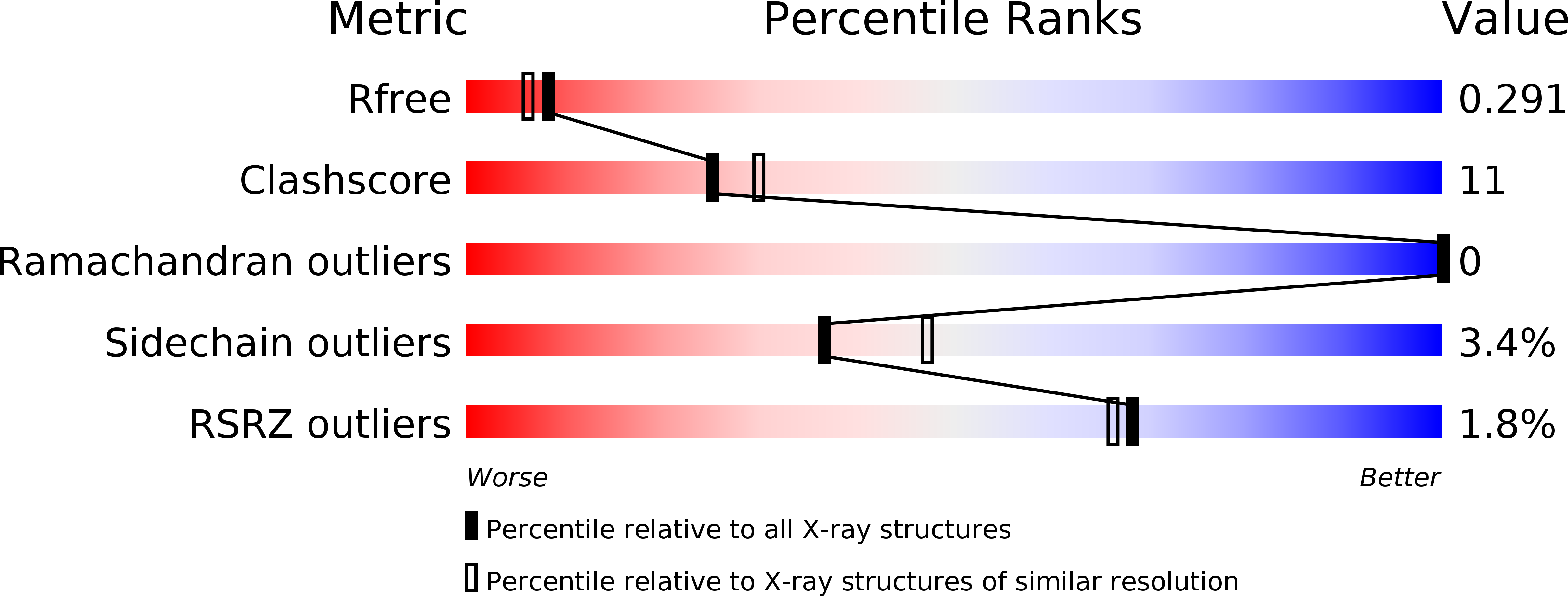
Deposition Date
2020-02-04
Release Date
2020-04-08
Last Version Date
2024-12-25
Method Details:
Experimental Method:
Resolution:
2.20 Å
R-Value Free:
0.28
R-Value Work:
0.22
R-Value Observed:
0.22
Space Group:
P 64 2 2


